The No-Nonsense Guide to Journaling for Real Self-Acceptance
Over the years, working with all sorts of people from high-stress executives to young adults just trying to figure things out, I’ve seen one tool provide a solid foundation for change more than any other: a simple notebook and pen.
In this article
It’s funny, we often hunt for complex, high-tech solutions for our internal struggles, but the simple act of writing things down is still one of the most powerful ways to understand who we are. And let’s be clear, this isn’t about crafting beautiful prose or keeping a perfect log of your day. It’s about having a practical, and sometimes pretty messy, conversation with yourself.
A lot of people talk about self-love, but honestly, that can feel like a huge, distant goal. I find it’s better to start with something more fundamental: self-acceptance. Acceptance is where the real work begins. It’s the process of looking at your thoughts, feelings, and history without judgment, and from that honest place, starting to make conscious choices. This isn’t a quick fix, but it is a guide to a solid practice that can genuinely reshape your relationship with yourself.
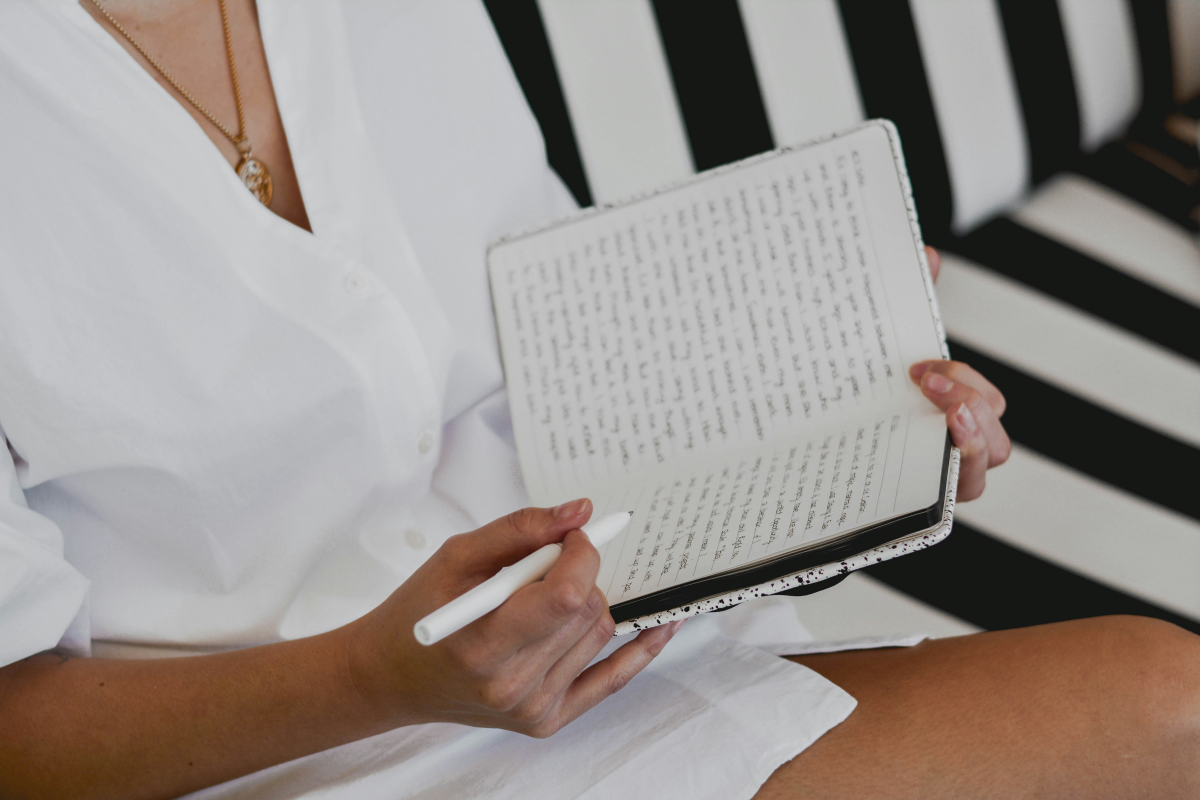
Why This Simple Habit Has Such a Deep Impact
So, before we dive into the how-to, it’s worth knowing why this works. This isn’t magic; it’s all about how your brain is wired. When you just think about a problem, your thoughts can spin in circles endlessly. You know that feeling, right? It’s called rumination, and it’s like a car spinning its wheels in the mud—you’re burning a lot of energy but going nowhere.
Writing breaks that cycle.
The physical act of forming words on a page forces you to take that chaotic internal monologue and structure it into a straight line. This process of getting your thoughts out of your head and onto paper does two critical things:
- It gives you some distance. Once a thought is on the page, you can look at it more objectively. It’s no longer just a feeling swirling inside you; it’s a set of words you can actually examine. This is a core idea in therapeutic approaches like Cognitive Behavioral Therapy (CBT), allowing you to step back and ask, “Is this thought actually 100% true? Is it even helpful?”
- It helps you process your emotions. Pioneering research has shown that expressive writing about emotional events can improve both mental and physical health. The idea is that holding onto difficult emotions takes constant mental work. Writing about them helps you process the experience, reducing the long-term stress it puts on your system.
I like to explain it like this: your mind is a busy room full of shouting voices. Journaling is like asking each voice to step forward, one at a time, and state its case. You become the moderator of your own mind, not a victim of its noise.
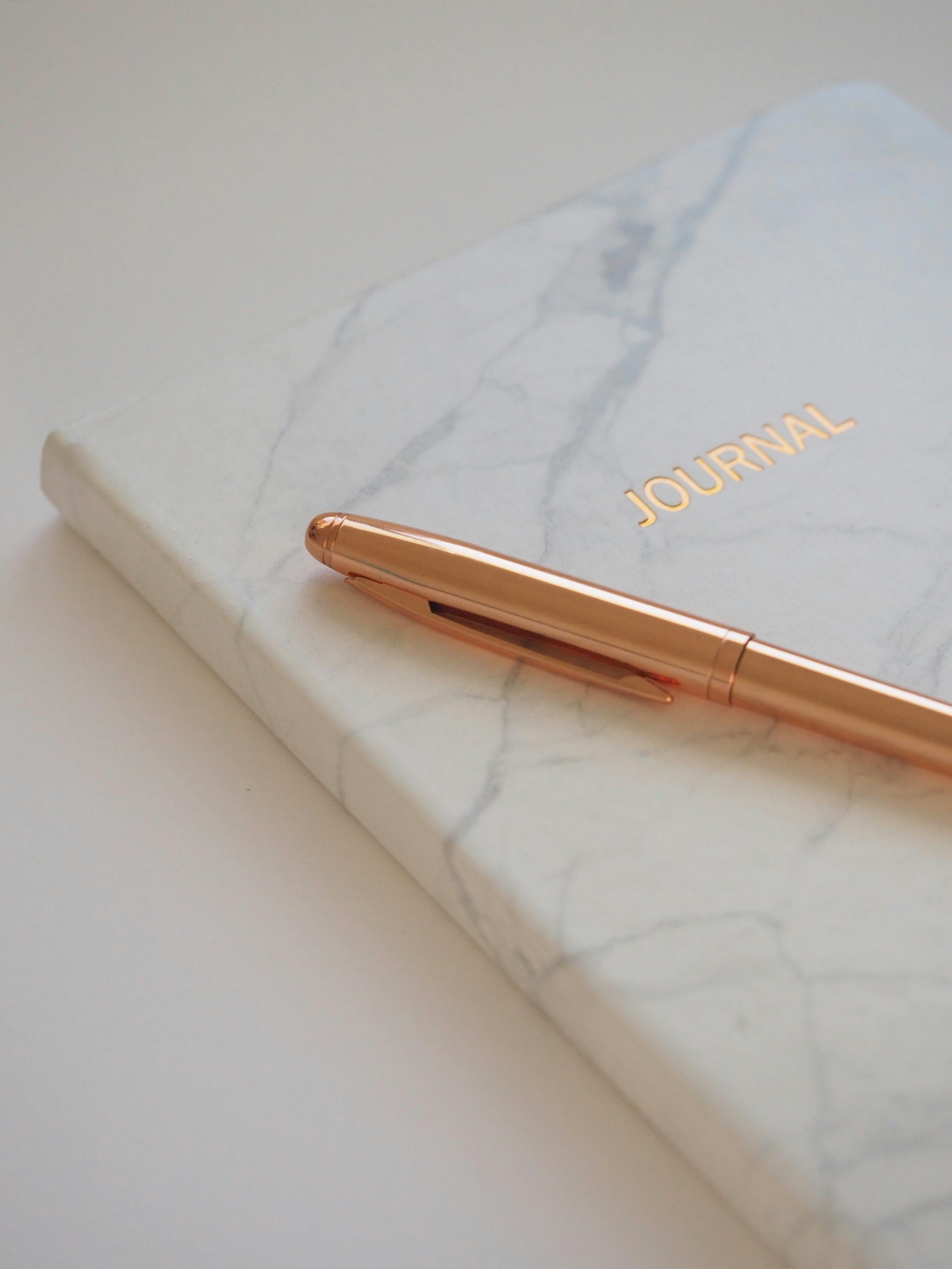
Getting Started: Your No-Fuss Toolkit
Consistency is way more important than intensity. I always suggest starting with just ten minutes a day. The key is to make it a ritual, a signal to your brain that it’s time to switch gears. To make it stick, you really don’t need much.
Here’s your official Journaling Starter Kit:
- A notebook you’re not afraid to mess up. Seriously. A fancy leather-bound journal can be intimidating. Grab a simple spiral notebook or a composition book. You can find one for between $2 and $15 at places like Target, Staples, or online. The goal is to use it, not admire it.
- A pen that feels good in your hand. A smooth-writing pen makes the experience more enjoyable. Whether it’s a $1 ballpoint or a $10 gel pen, find one you like.
- 10 minutes of scheduled quiet time. This one is priceless, but you can create it for free. First thing in the morning with your coffee or right before bed are popular choices.

The ‘How-To’: Real Techniques for the Blank Page
Okay, so you’re sitting there with your new notebook, pen in hand, thinking, “…now what?” The blank page can be the hardest part. Here are a few structured exercises to get you going.
1. The Brain Dump
This is the simplest and often the most effective. Set a timer for 10 minutes and just write. Don’t stop, don’t edit, don’t judge. Write down whatever comes to mind, even if it’s “I don’t know what to write.” The goal is to empty that noisy room in your mind onto the page. It doesn’t have to be coherent. It just has to be out.
2. The Two-Column Challenge
This one is borrowed from CBT and is fantastic for tackling anxious or self-critical thoughts. Draw a line down the middle of the page.
On the left side, write down the negative or anxious thought exactly as it appears in your head. For example: “I completely messed up that presentation today. Everyone thinks I’m incompetent.”
On the right side, challenge it. Ask questions like: “Is this 100% true? Did everyone think that? What’s a more balanced perspective?” You might write: “Okay, one part didn’t go smoothly, but I recovered well. I saw a few people nodding along. Maybe I’m being too harsh on myself.”
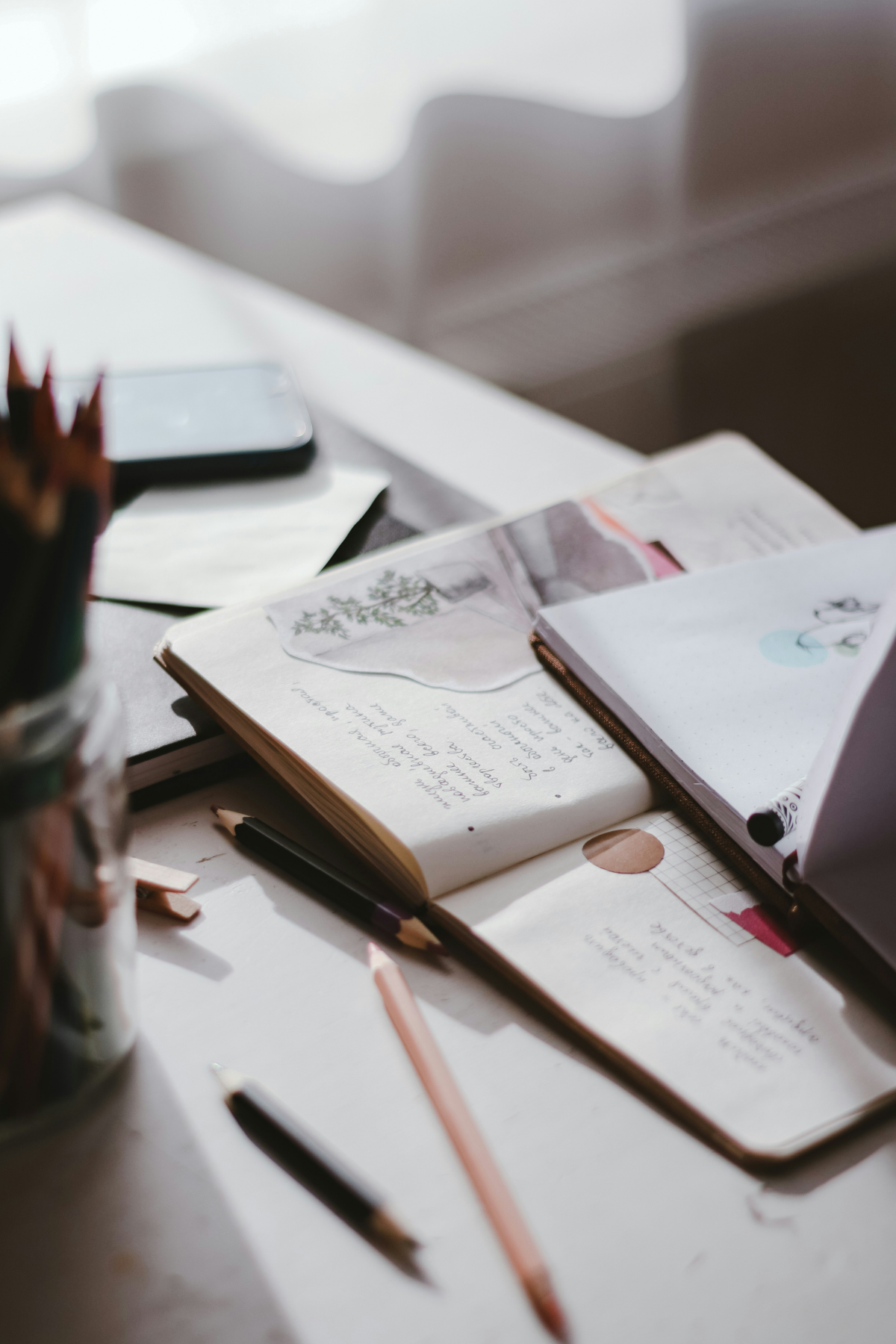
3. The Win/Learn Reflection
This is a great one to do at the end of the day. Instead of just listing what happened, you reflect with purpose. Write about one thing that went well (a “win”) and one thing that didn’t (a “learn”). For the ‘learn,’ the focus is crucial. Instead of asking, “Why did I mess up?” ask, “What did I learn from this?” or “What could I try differently next time?” This shifts the focus from blame to growth.
What To Do When It Gets Hard (Because It Will)
Let’s be real: you’re going to have days when you feel resistant, bored, or critical of this whole process. That’s part of it. Here’s how to handle it:
- What if I feel nothing? Write that. Write “I feel numb today” or “I’m bored with this.” Acknowledging the resistance is the first step to moving through it.
- What if I only write negative things? That’s okay! Your journal is a safe place for that negativity. It’s better on the page than swirling in your head. Over time, as you process those feelings, you may find more balance creeping in naturally. Don’t force positivity.
- What if I miss a day (or a week)? Don’t sweat it. The goal isn’t a perfect attendance record. The common mistake is letting one missed day turn into quitting forever. Just pick up the pen and start again. No judgment.
By the way, I once worked with a CEO who thought this journaling stuff was way too soft. He finally agreed to try it for a week, just writing down his daily frustrations. He came back and told me he had a breakthrough: he realized his real issue wasn’t his team’s performance, but his own deep-seated fear of not being in control. That’s the kind of clarity this simple practice can spark.

So, before you click away, how about a quick challenge? Grab a scrap of paper right now. Write down one single thought that’s been bugging you today. Now just look at it. See? It’s just words. You’re already practicing a little bit of that cognitive distance. You’re already on your way.
Galerie d’inspiration
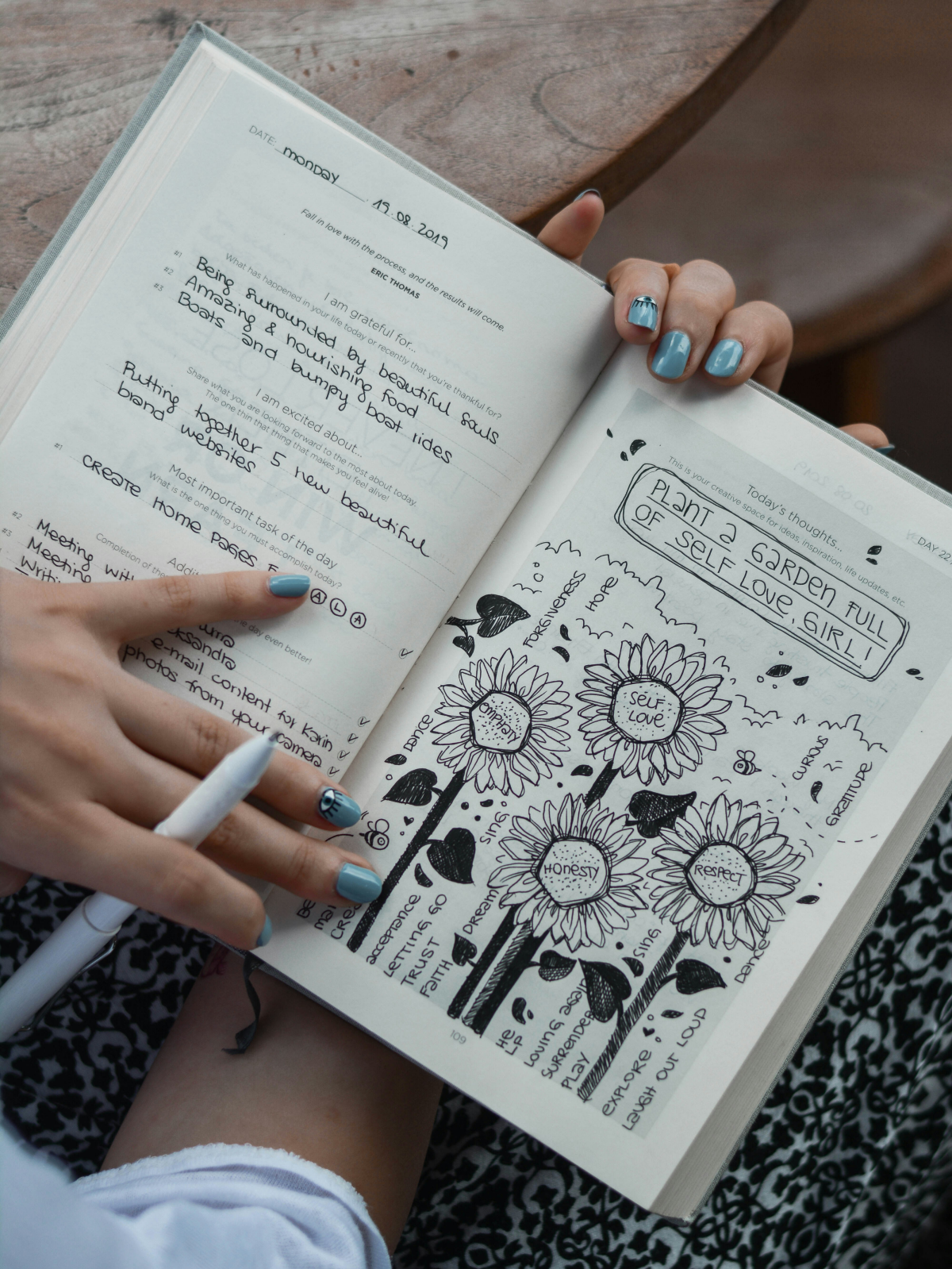
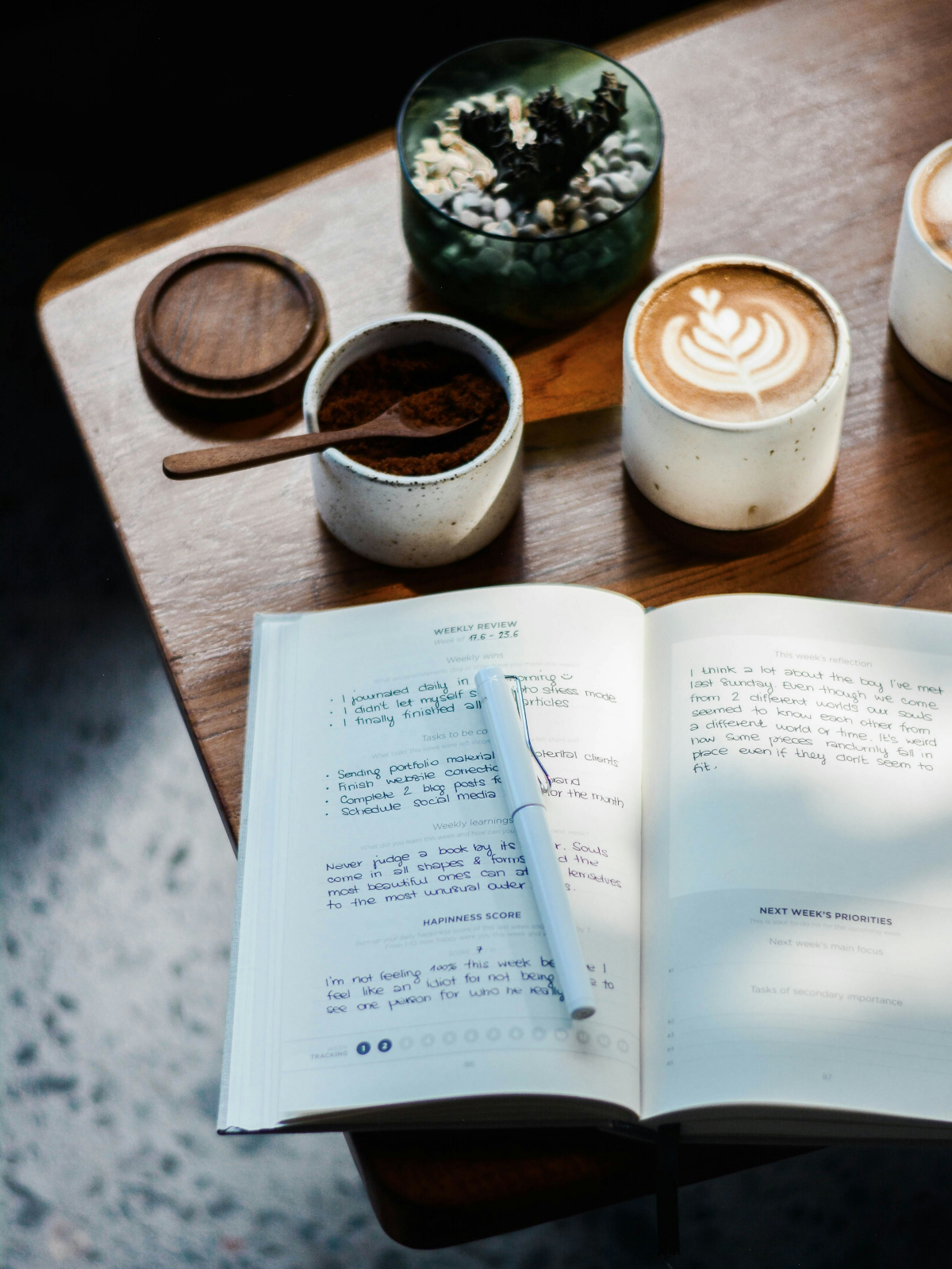
The blank page feels more intimidating than inviting. Where do I even start?
Forget trying to be profound. Try the ‘Unsent Letter’ technique. Address your entry to someone—or something. It could be a letter to your younger self, to your anxiety, to a past mistake, or to the person you hope to become in five years. This simple trick provides structure and a clear focus, helping you bypass the initial writer’s block. It shifts the goal from ‘writing a journal entry’ to simply ‘having a conversation,’ which is often where the most honest self-reflection happens.
The pen is mightier than the keyboard for memory. Studies show that the physical act of writing by hand stimulates a part of the brain called the Reticular Activating System (RAS), which prioritizes information your brain processes.
Choosing your tools can be part of the ritual. A Leuchtturm1917 notebook with its numbered pages and index is perfect for those who like to organize their thoughts. For a freer flow, an unlined Moleskine encourages sketches alongside words. Pair it with a pen that feels good in your hand, like a smooth-gliding Pilot G2 or a classic Lamy Safari fountain pen. The right tools don’t just record your thoughts; they enhance the tactile, meditative experience of getting them out.










